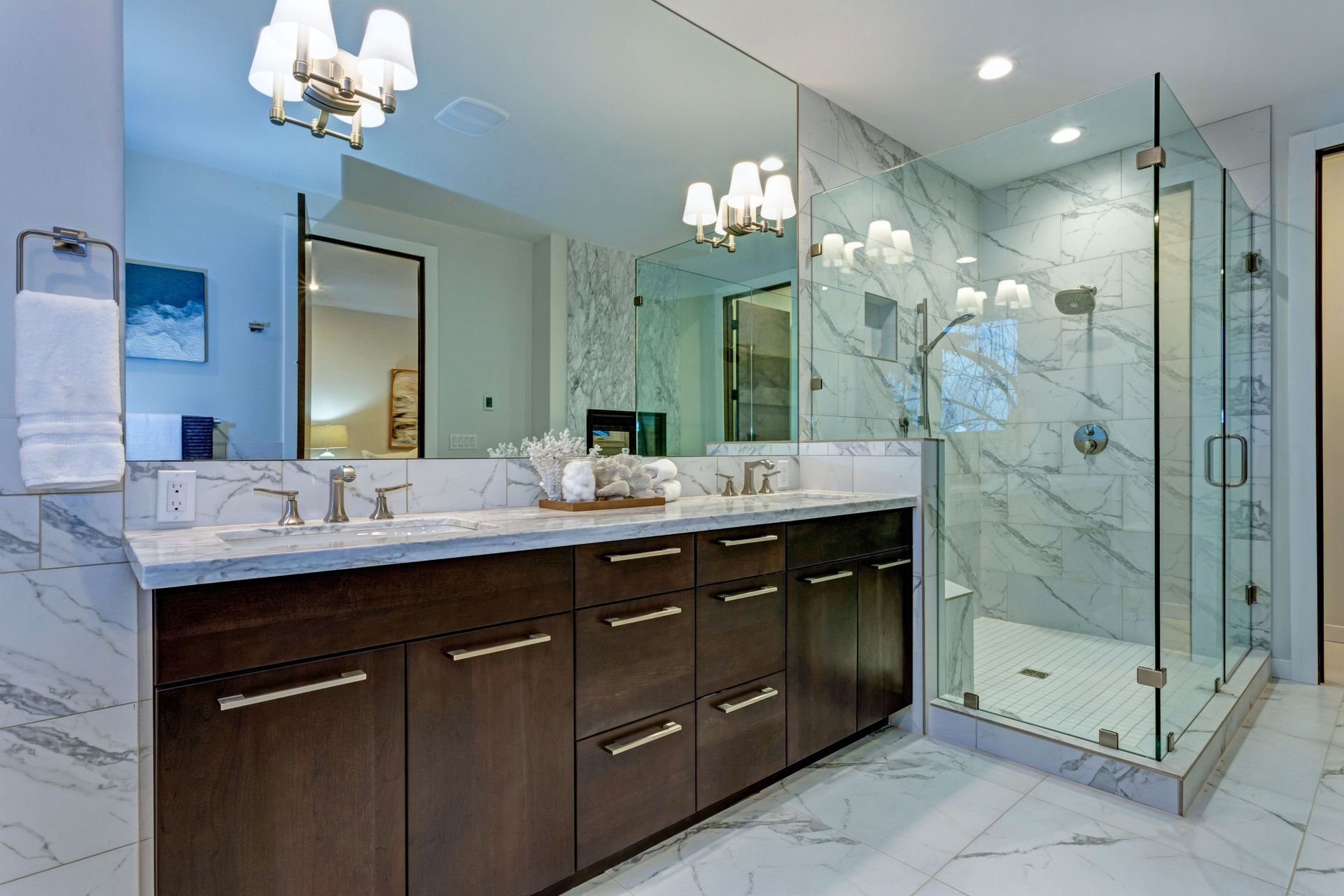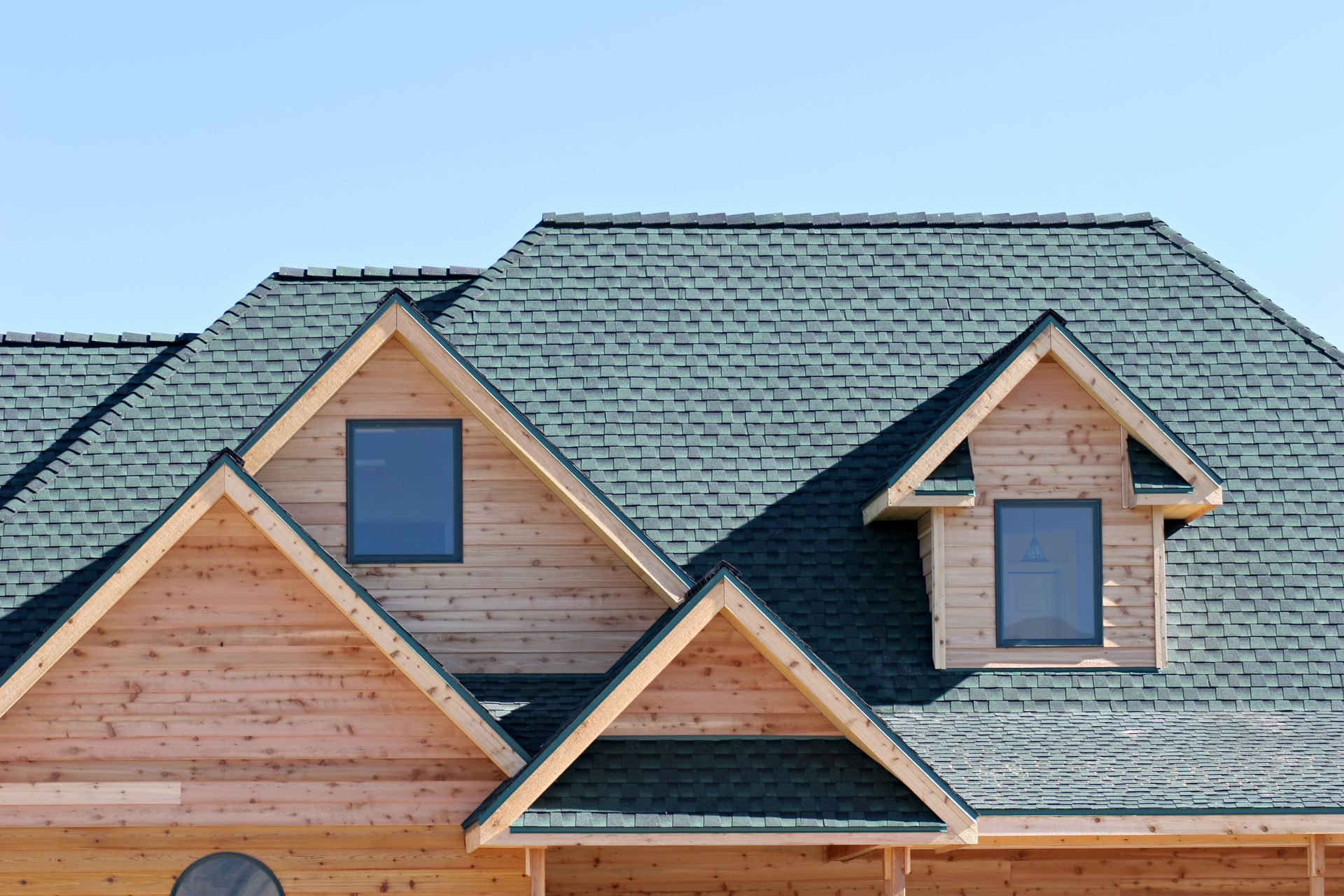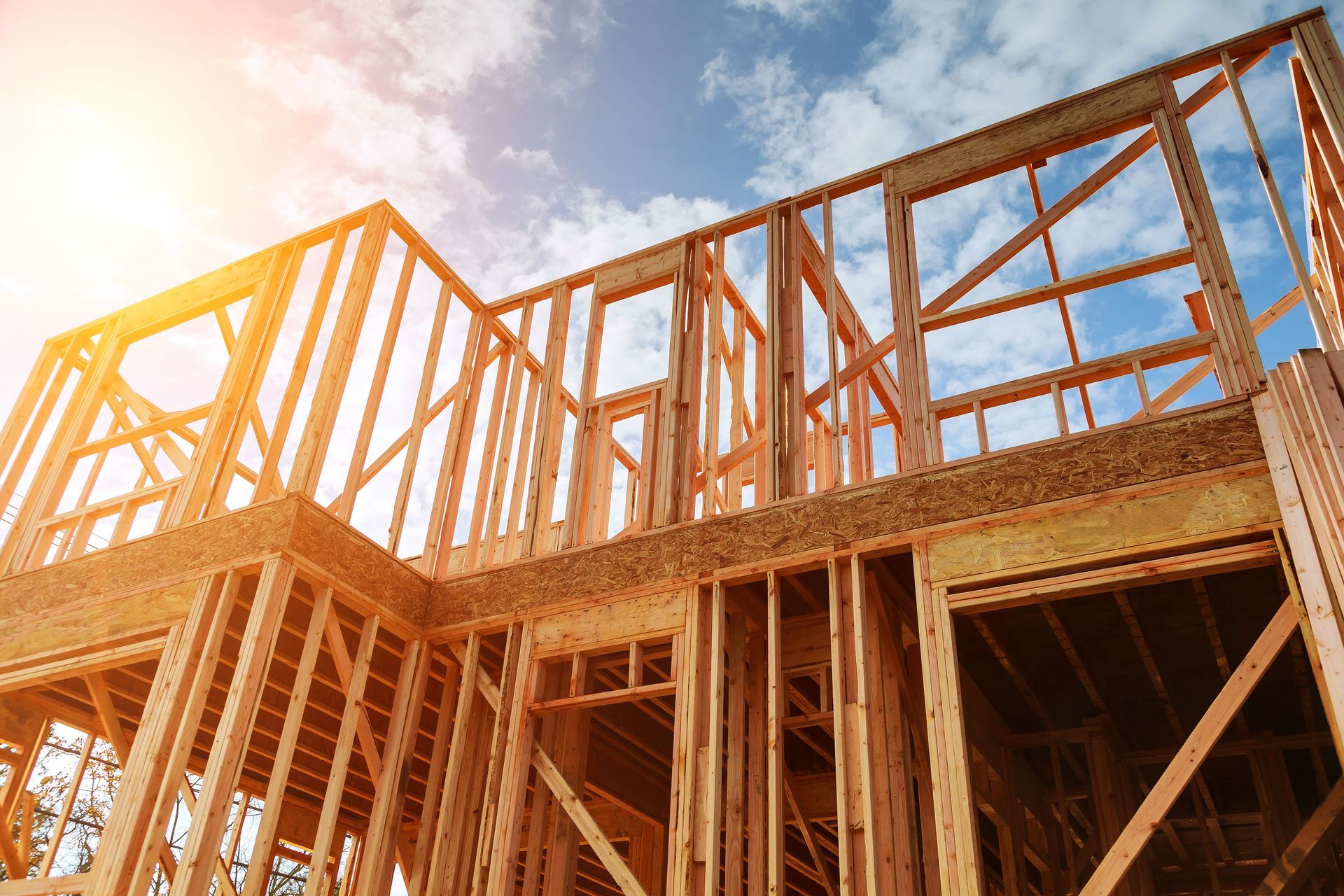October 31, 2025
Building a custom home is one of the most exciting investments a homeowner can make. It allows for the creation of a space tailored entirely to personal tastes, lifestyle needs, and long-term goals. However, the process of working with a custom home builder involves a series of structured steps that go beyond standard construction projects. From the initial consultation to the final walkthrough, each phase requires collaboration, decision-making, and attention to detail. Understanding what to expect during this process helps homeowners plan effectively and ensures the final result aligns with their vision.
Initial Consultation and Design Phase
The first stage of working with a custom home builder begins with a consultation. This meeting serves as an opportunity to discuss goals, preferences, and expectations. Homeowners typically share details such as the desired size, number of rooms, architectural style, and any unique features they envision. During this stage, the builder listens carefully, providing feedback on feasibility, costs, and design options.
This initial phase often includes selecting an architect or working with an in-house design team. Together, they translate the homeowner’s ideas into detailed blueprints and renderings. The goal is to balance creativity with practicality while staying within budget constraints. In many cases, builders also conduct site evaluations to determine land suitability, local zoning regulations, and environmental considerations.
The design process can take several weeks to months, depending on the complexity of the project. Open communication is essential—both parties need to be clear about timelines, materials, and design expectations. By maintaining consistent dialogue, the homeowner and builder can avoid costly revisions later. A reputable custom home builder ensures that every aspect of the home’s design is not only visually appealing but structurally sound and compliant with local building codes.
Budgeting, Financing, and Contracts
Once the design is approved, the next step is developing a detailed cost estimate. This includes expenses for labor, materials, permits, inspections, and potential upgrades. Transparency is crucial at this stage, as homeowners need a clear understanding of what their investment covers and where flexibility may exist. A trusted custom home builder provides itemized breakdowns and discusses contingency budgets to account for unexpected costs.
Financing a custom home may involve construction loans, which differ from traditional mortgages. These loans typically cover the cost of construction and convert into permanent financing upon project completion. Homeowners are encouraged to secure pre-approval before work begins to streamline the financial process.
Contracts are then drafted to outline every detail of the agreement—scope of work, payment schedules, project timelines, and dispute resolution procedures. Homeowners need to review these documents thoroughly before signing. Having legal counsel or a construction consultant review the contract can offer an added layer of protection and clarity.
Financial planning also extends to understanding potential savings compared to maintaining or renovating older homes. According to realtor.com, over 80% of homeowners dealing with repairs in older homes end up paying out of pocket. This reality highlights one of the major advantages of new construction—a fresh start without the immediate financial strain of repairs or replacements. A well-built custom home, designed for efficiency and longevity, often translates into fewer maintenance costs over time.
Construction and Project Management
After all approvals and financing are in place, construction begins. This phase is where the homeowner’s vision takes physical form. The builder coordinates every element of the project, from foundation work and framing to plumbing, electrical, and interior finishes. A professional custom home builder oversees multiple subcontractors to ensure that work meets both design specifications and quality standards.
Homeowners should expect periodic updates and site visits. Most builders provide regular progress reports and encourage clients to inspect the site at key milestones. Transparency during construction allows homeowners to make adjustments or address concerns promptly. For instance, minor design changes such as moving a wall, adjusting lighting placement, or choosing alternate finishes can often be accommodated early in the process.
Quality control is a central focus during construction. Builders conduct routine inspections to verify that all systems are installed correctly and comply with building codes. Delays can occur due to weather conditions, material shortages, or unforeseen issues, but experienced builders manage these challenges effectively by maintaining open communication and proactive scheduling.
Safety and efficiency are also priorities. Builders coordinate with inspectors to ensure compliance with local regulations and maintain a secure job site. By working with a dedicated project manager, homeowners can rely on a consistent point of contact who oversees day-to-day operations and ensures deadlines are met.
Customization, Selections, and Final Touches
One of the most rewarding aspects of working with a custom home builder is the ability to personalize every feature of the home. From flooring and cabinetry to lighting and exterior finishes, homeowners make a series of design choices that define their living environment. Builders often guide clients through this process by offering curated selections or connecting them with trusted suppliers and designers.
This phase requires careful consideration of both aesthetics and function. Choosing materials that align with the overall vision while remaining durable and within budget is key. Many builders utilize design showrooms where homeowners can view and compare options firsthand. Technology also plays an increasing role, with digital tools allowing clients to visualize layouts and color schemes before making final decisions.
In addition to design choices, customization extends to energy efficiency and smart home integration. Homeowners may opt for features such as energy-efficient windows, high-performance insulation, and smart thermostats that help reduce long-term costs. A skilled custom home builder integrates these systems seamlessly, ensuring that the final product not only looks beautiful but performs efficiently.
As construction nears completion, the builder conducts walkthroughs with the homeowner to review progress and identify any finishing touches or corrections. This phase ensures that every detail—from paint consistency to fixture placement—meets expectations. Final inspections are then performed by local authorities to issue the necessary occupancy permits.
Final Walkthrough, Warranty, and Long-Term Support
The final walkthrough is a critical step before closing. During this meeting, the homeowner and builder inspect the entire property together to confirm that all elements are completed as agreed upon. Builders often use a checklist to document any items that require touch-ups or corrections. Once these adjustments are addressed, the project officially concludes, and the homeowner receives the keys to their new property.
Most reputable builders provide a warranty that covers materials and workmanship for a specified period. Structural warranties may extend longer, offering added peace of mind. Homeowners should familiarize themselves with warranty terms and procedures for submitting repair requests. Beyond the warranty period, many custom home builders maintain long-term relationships with clients by offering maintenance tips, referrals for service providers, or assistance with future remodels or additions. This ongoing partnership reinforces trust and ensures the homeowner continues to feel supported even after move-in.
A new custom home also represents a long-term investment. The design and construction quality influence not only immediate comfort but also future resale value. With thoughtful planning, durable materials, and professional craftsmanship, a custom home can maintain its aesthetic appeal and functionality for decades. Working with a custom home builder is a deeply collaborative and rewarding experience. It involves a structured process that begins with design consultation and continues through budgeting, construction, customization, and final walkthroughs. Each phase demands communication, organization, and mutual trust between the homeowner and builder.
Choosing the right builder ensures that the home is built with precision, integrity, and an understanding of the homeowner’s unique needs. From the earliest sketches to the final inspection, the journey of creating a custom home offers not only the joy of personalization but also the long-term value of quality craftsmanship. By knowing what to expect throughout the process, homeowners can navigate their build with confidence and look forward to a space that perfectly reflects their lifestyle and aspirations. Call Koch Construction today to start planning your dream home.







